Products.
All Products
Comprehensive Solutions for Your Needs

(RO) membranes play a key role in wastewater treatment units as they are used to remove salts and other pollutants effectively. RO membrane performance is affected by many different factors such as feed characteristics and operational parameters during operation.
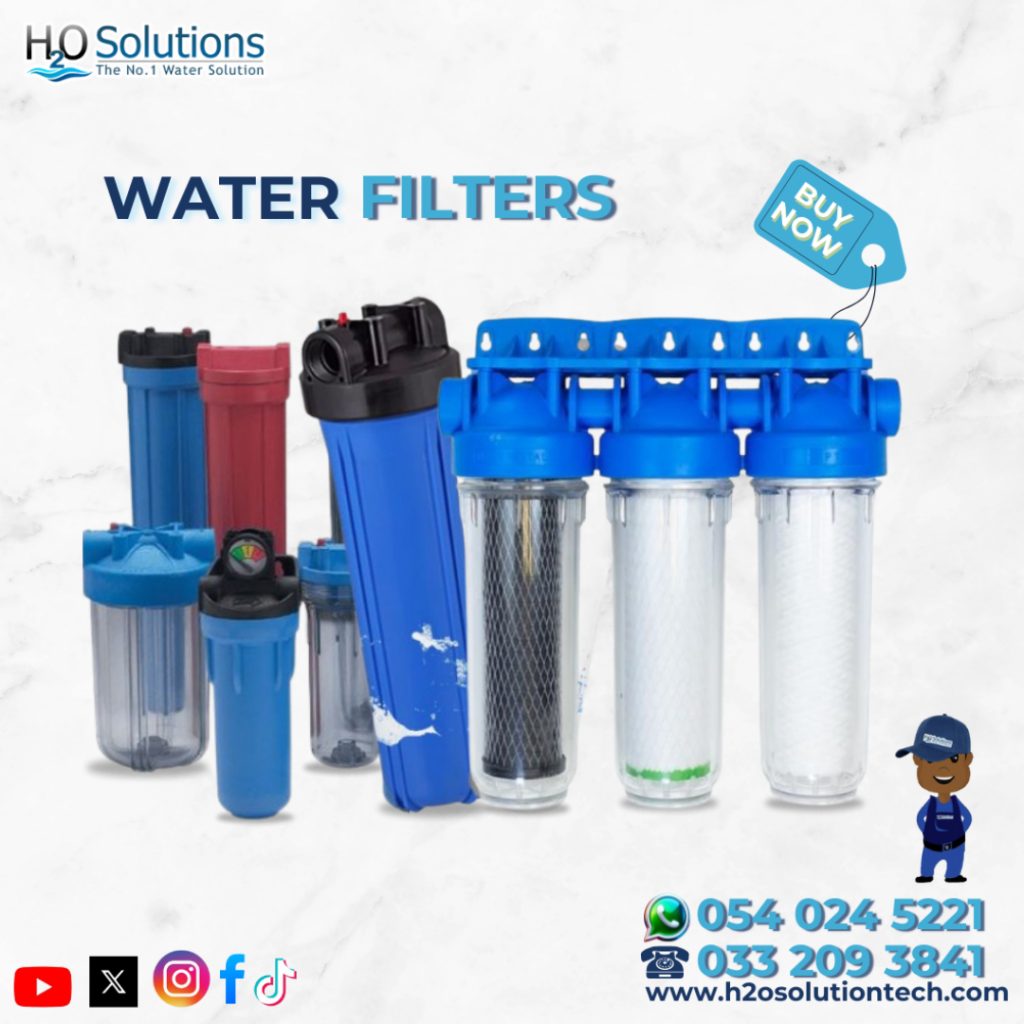
These water filters are key in the water purifying process. As water at high pressures are passed through the individual filters at each stage, sediments such as salt, iron, sand and other elements are trapped within their threads.
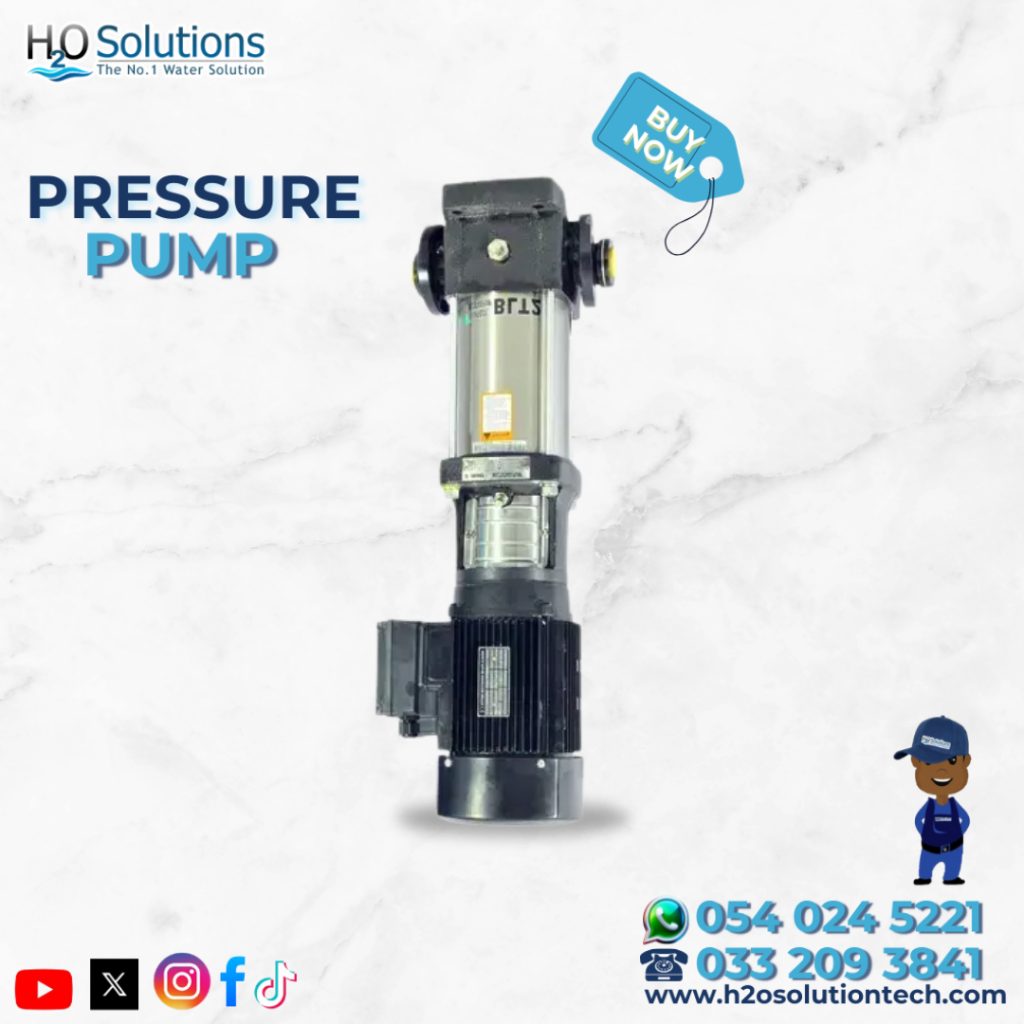
The pressure pump pushes water at a faster rate and a higher pressure. It is used to increase water pressure going into the RO unit.
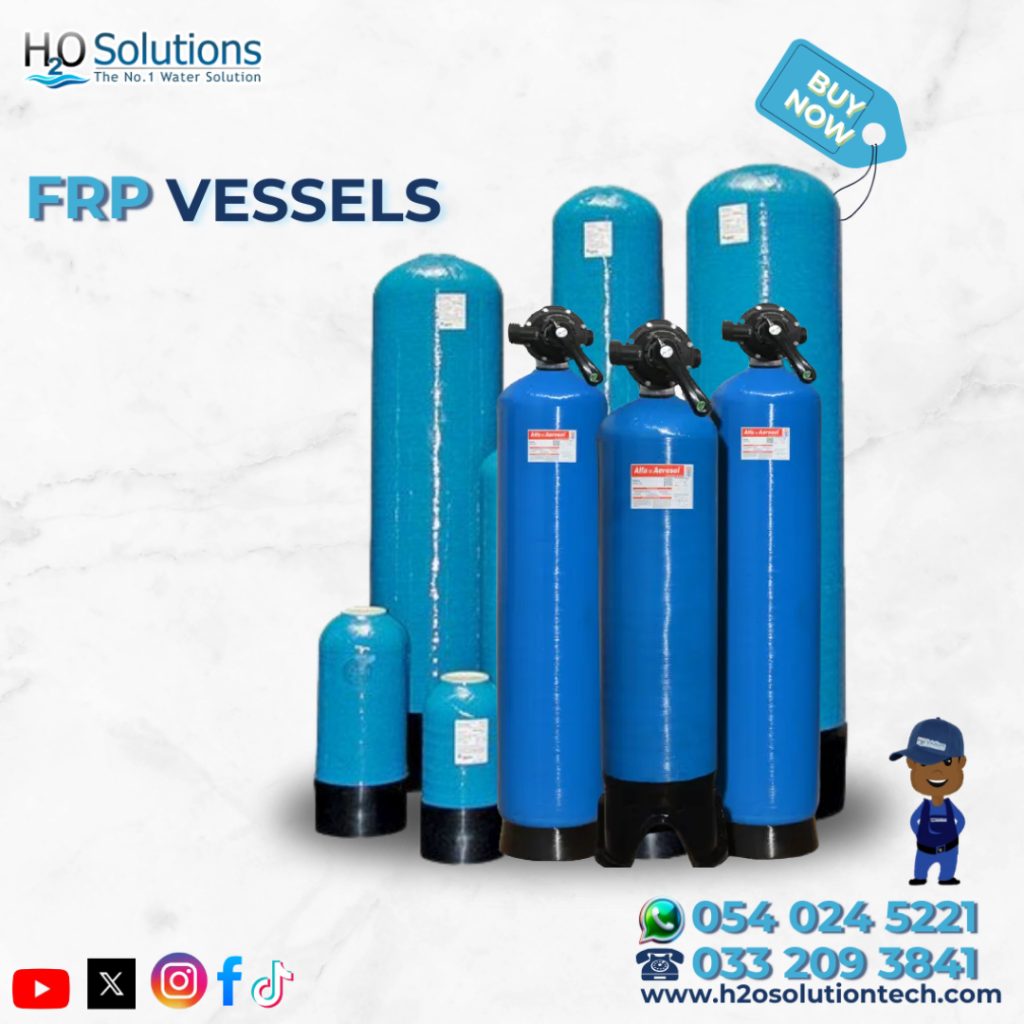
Fiber Reinforced Plastic (FRP) vessels are used as pressure housing of reverse-osmosis filters. These vessels under pressure aid in the removal of sediments that pass through the inlaid filters for a healthier water experience.
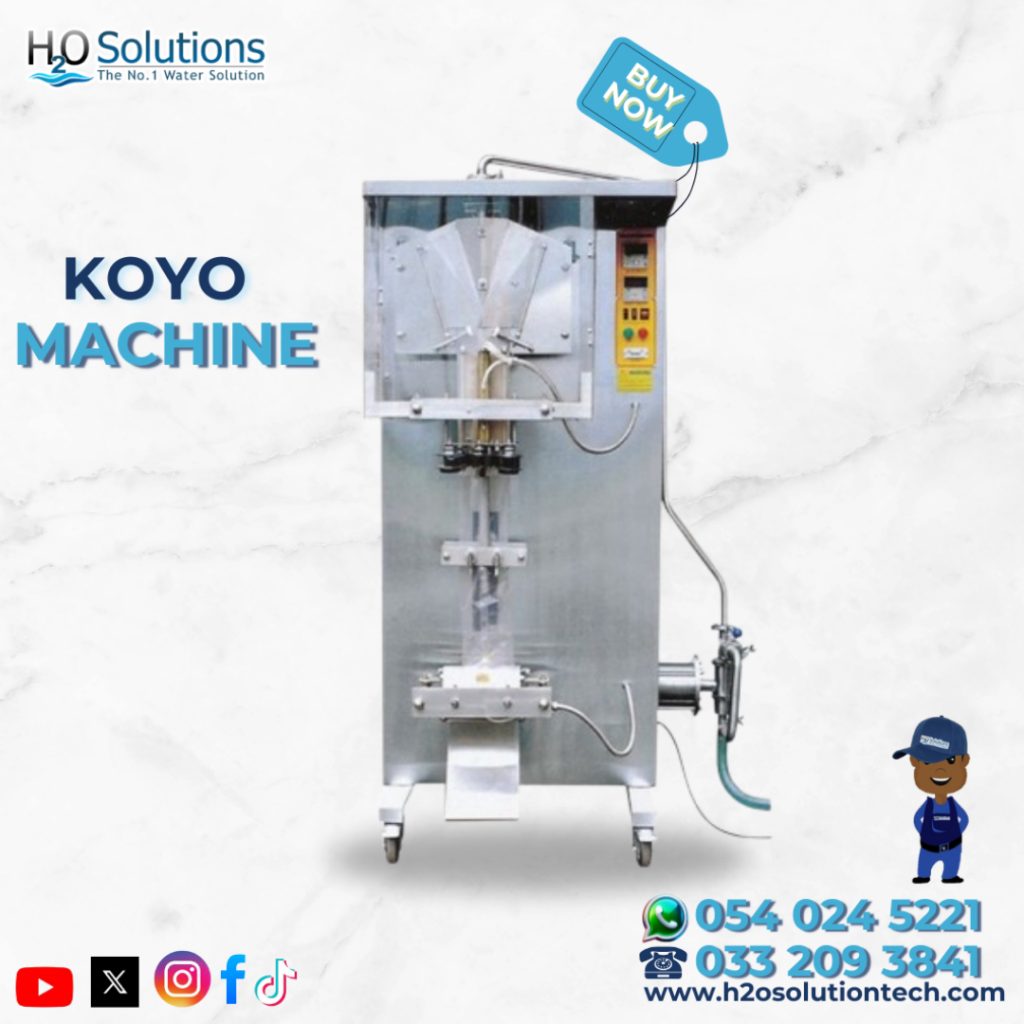
A highly efficient tool in the water and liquid production industry. This machine is capable of bagging at extremely high speeds with comparably low noise. It highly efficient as it can operate on it’s own after it’s been set to preferable measures.
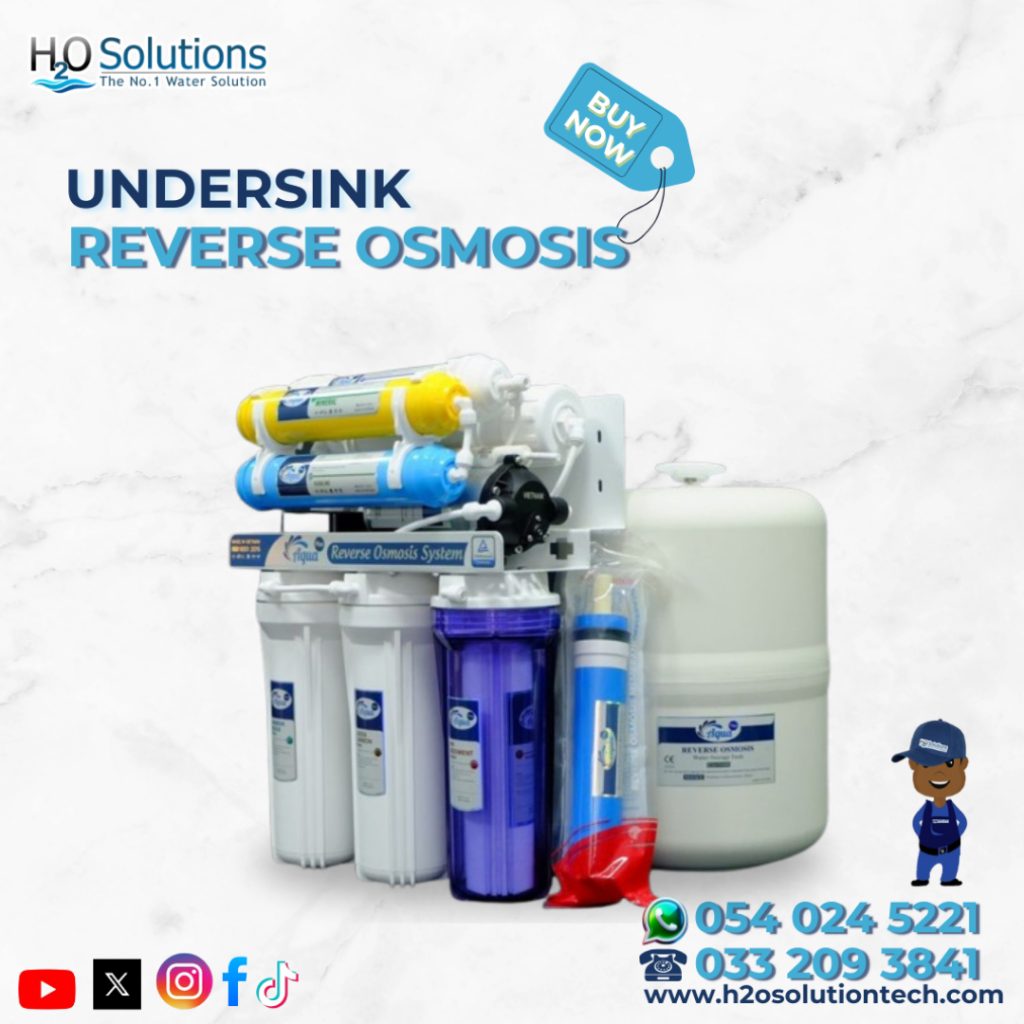
The Undersink Water Filter System is a low budget stand alone purification system that is used in some households and offices. Due to its size, it’s used at one station (mostly the kitchen) where it provides potable water for small consumptions.eg. drinking, washing dishes etc.
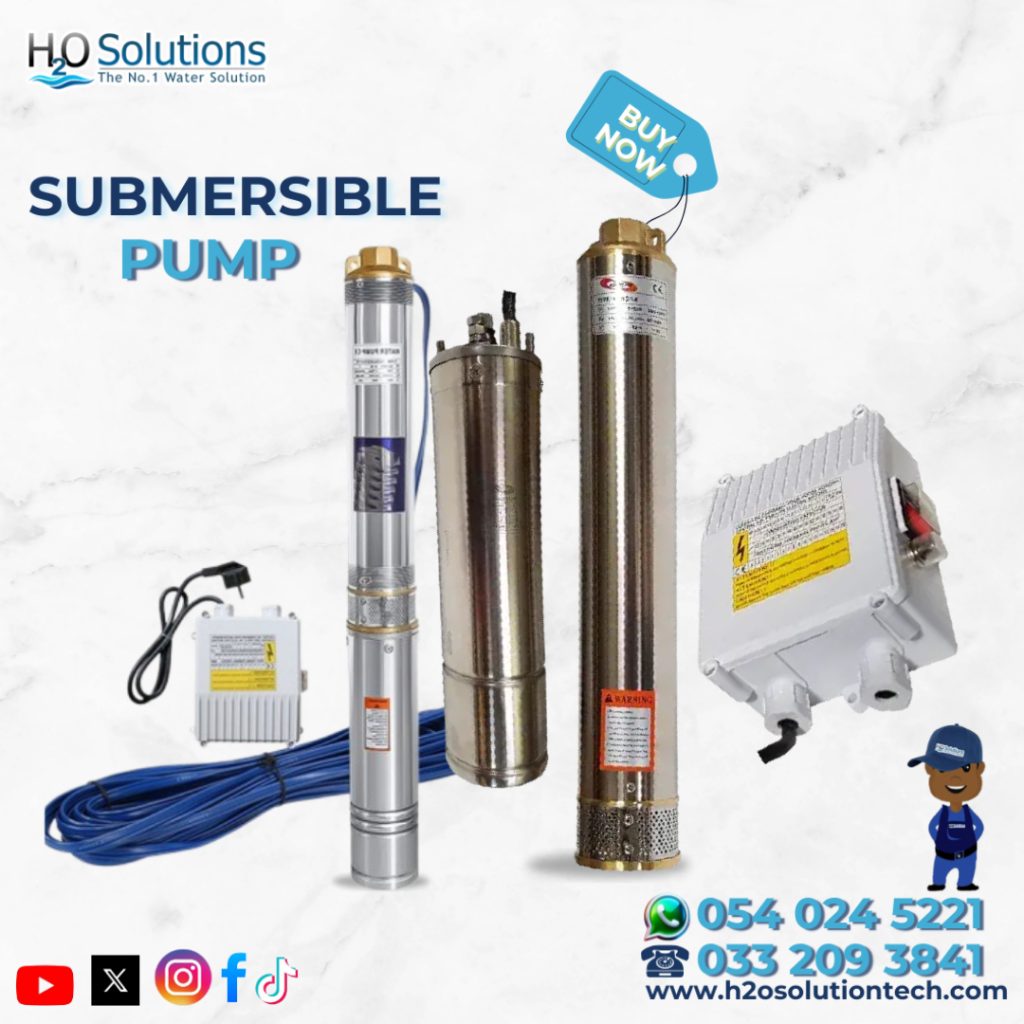
The purpose of a submersible pump mainly uses to pump the water from the wells. This type of pump pushes water toward the surface. H2O Solutions normally installs submersible pumps after drilling of boreholes to pump the ground water into a water storage.
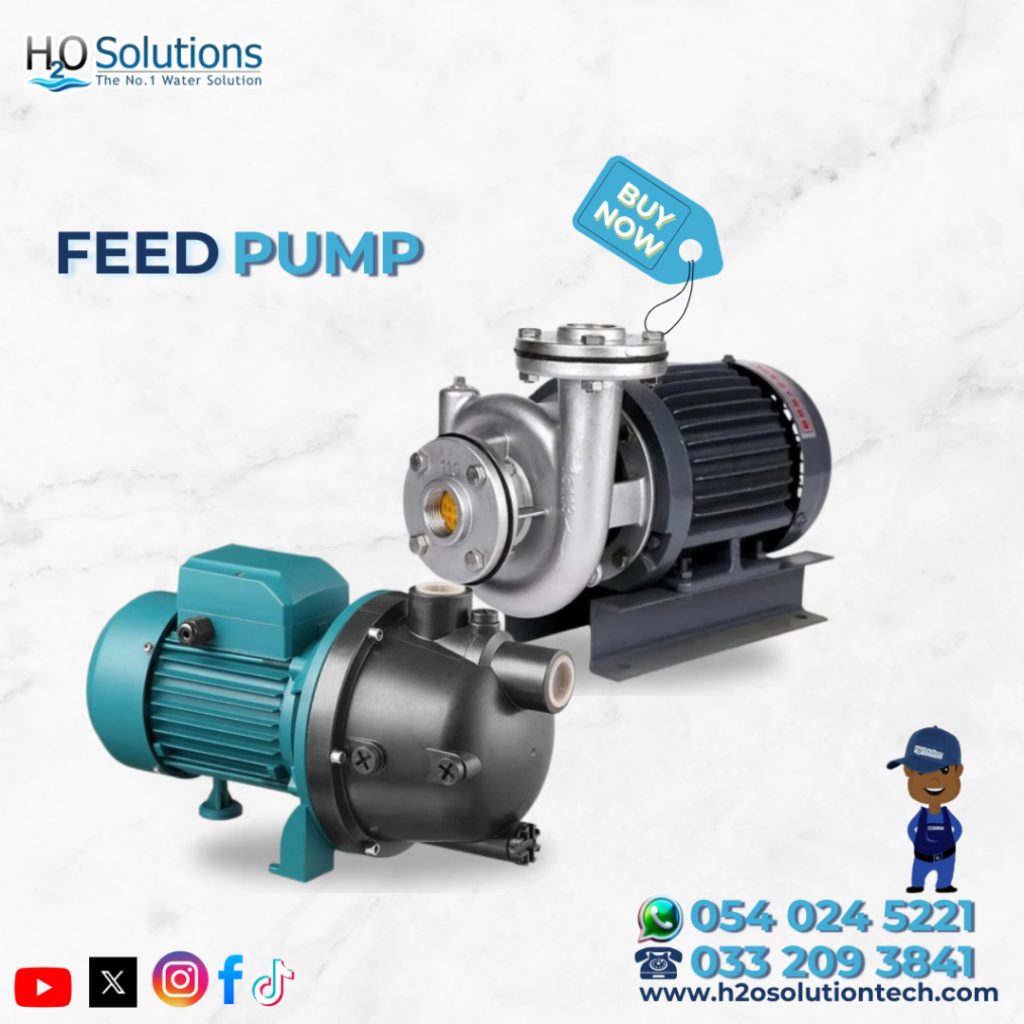
The purpose of the centrifugal pump (Feed pump) is to suck water from the well/source and pumping them to a tank or through a filtration system that is categorically placed for distribution. H2O Solutions normally uses the centrifugal pump to pump water from water storages to their filtration systems.
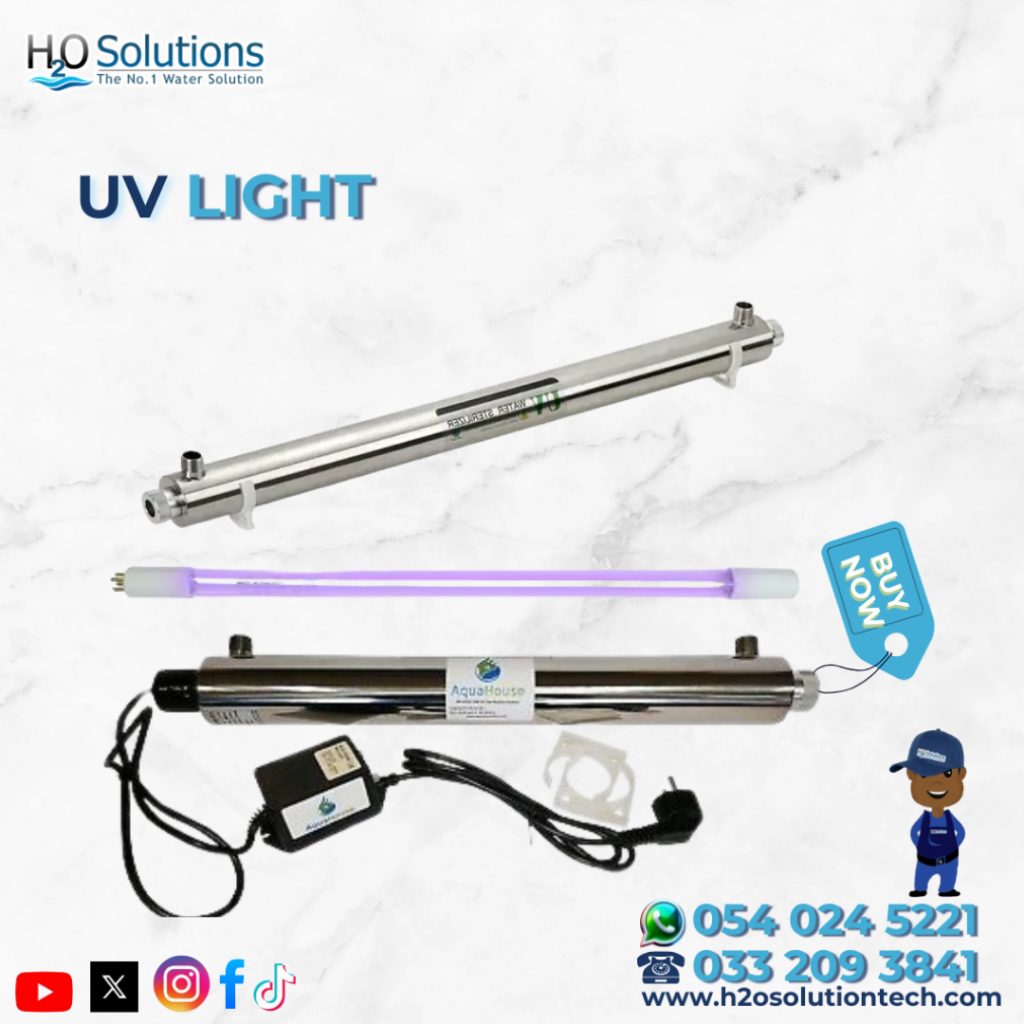
This component of the water purification system is a massive contribution to the dissolution and eradication of bacteria that is present in water. It emits ultraviolet light that destabilizes bonds in bacteria and other enzymes and still keeps the water safe for consumption.
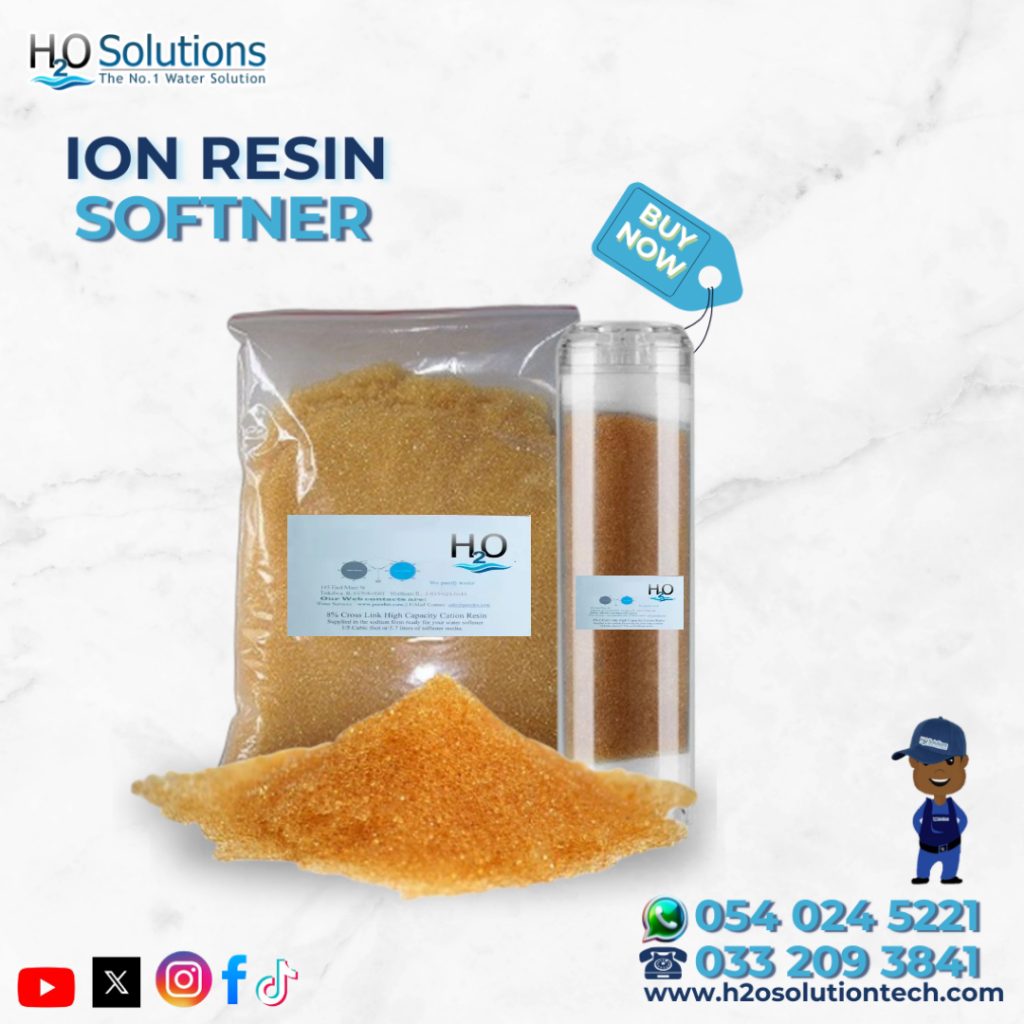
Water softening is the removal of hardness from the water which is caused mainly due to the presence of calcium and magnesium ions. A water softener/resin softener is typically a filtering agent meant to remove magnesium and calcium in the water to make the water soft and healthy for domestic use.
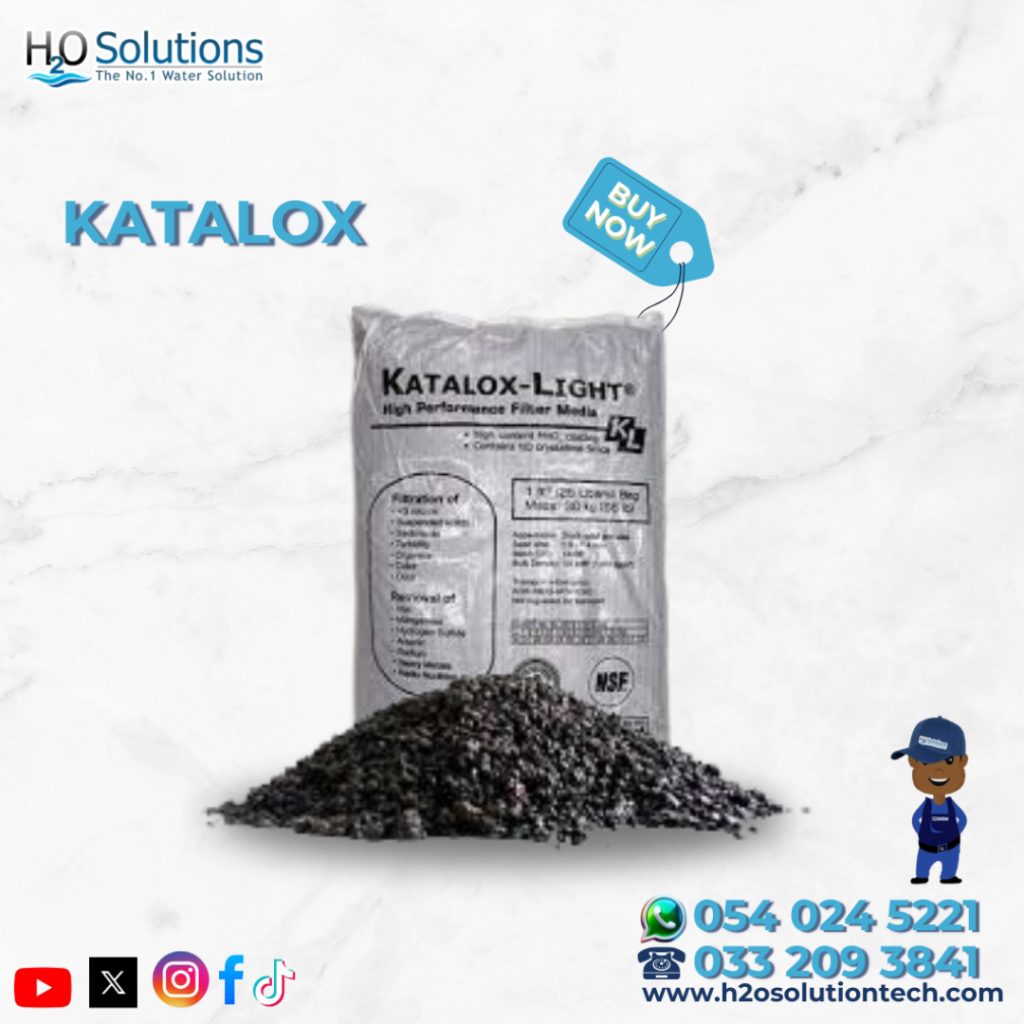
Katalox acts as a catalyst and can be used in commercial, residential and industrial water treatment systems for control of difficult to remove contaminants like iron, manganese, hydrogen sulfide, arsenic, zinc, copper, lead, radium, uranium and other radionuclides and heavy metals.
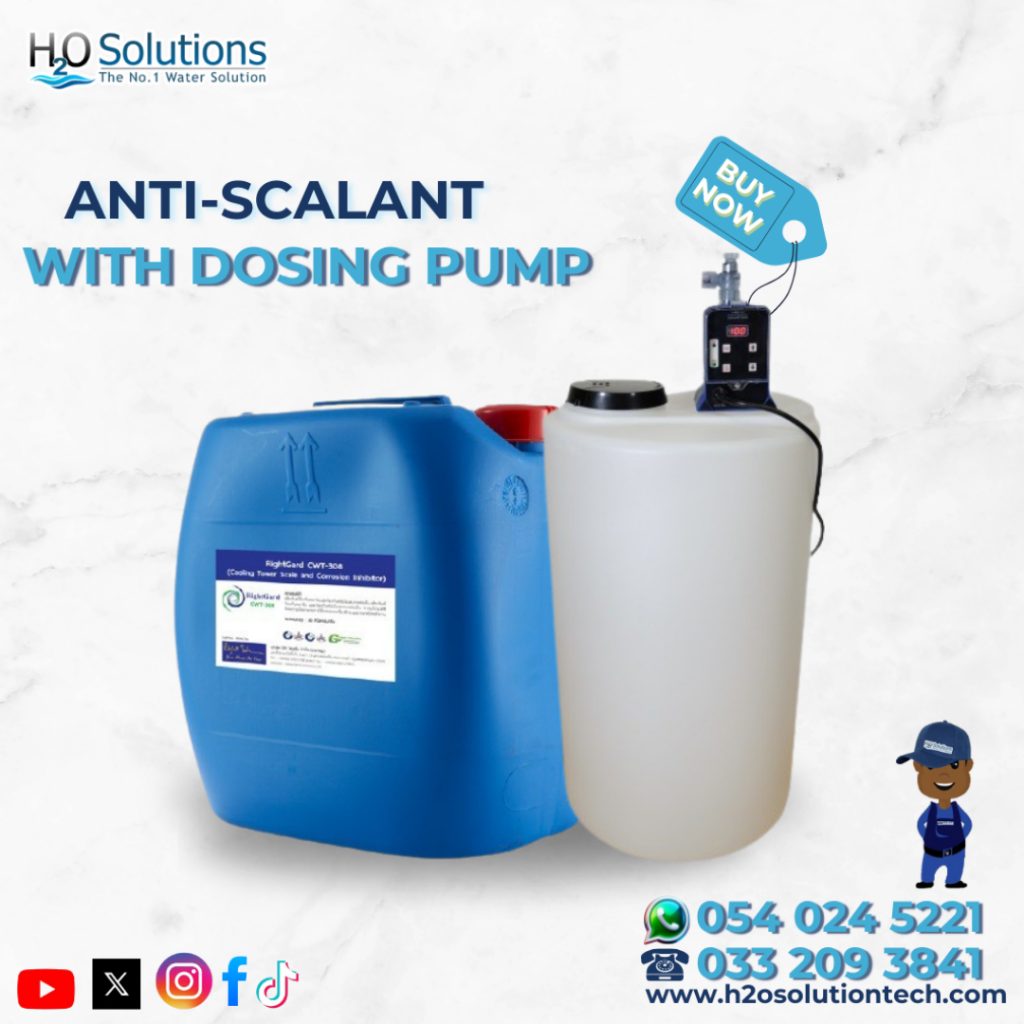
Anti-Scalant is a highly effective scale inhibitor and dispersant, especially suitable for metal oxides, silicon, and water with high scale content. After using this scale inhibitor, the system cleaning cycle can be extended, the membrane life can be extended and the cost can be reduced. Using this product in the system can reduce investment and operating costs, and in this case can replace the ion exchange pretreatment system
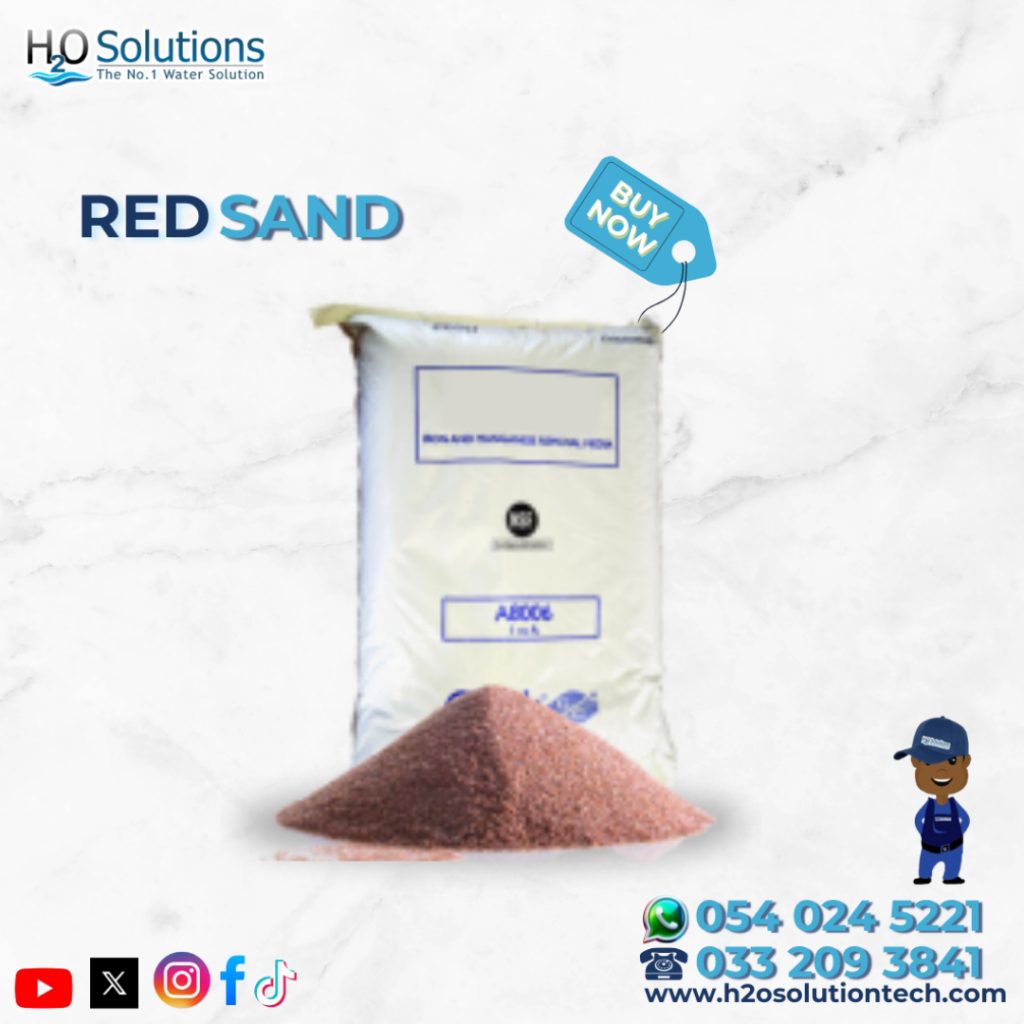
Sand based filtration systems have been used for the tertiary treatment of water and are usually used to remove organic water and suspended solids from influent waste water streams. This type of filtration system has also been used in conjunction with UV radiation in order to treat waste water effluents to produce portable water. Red sand is a mixture of sand and red sand stone which is responsible for its red color.
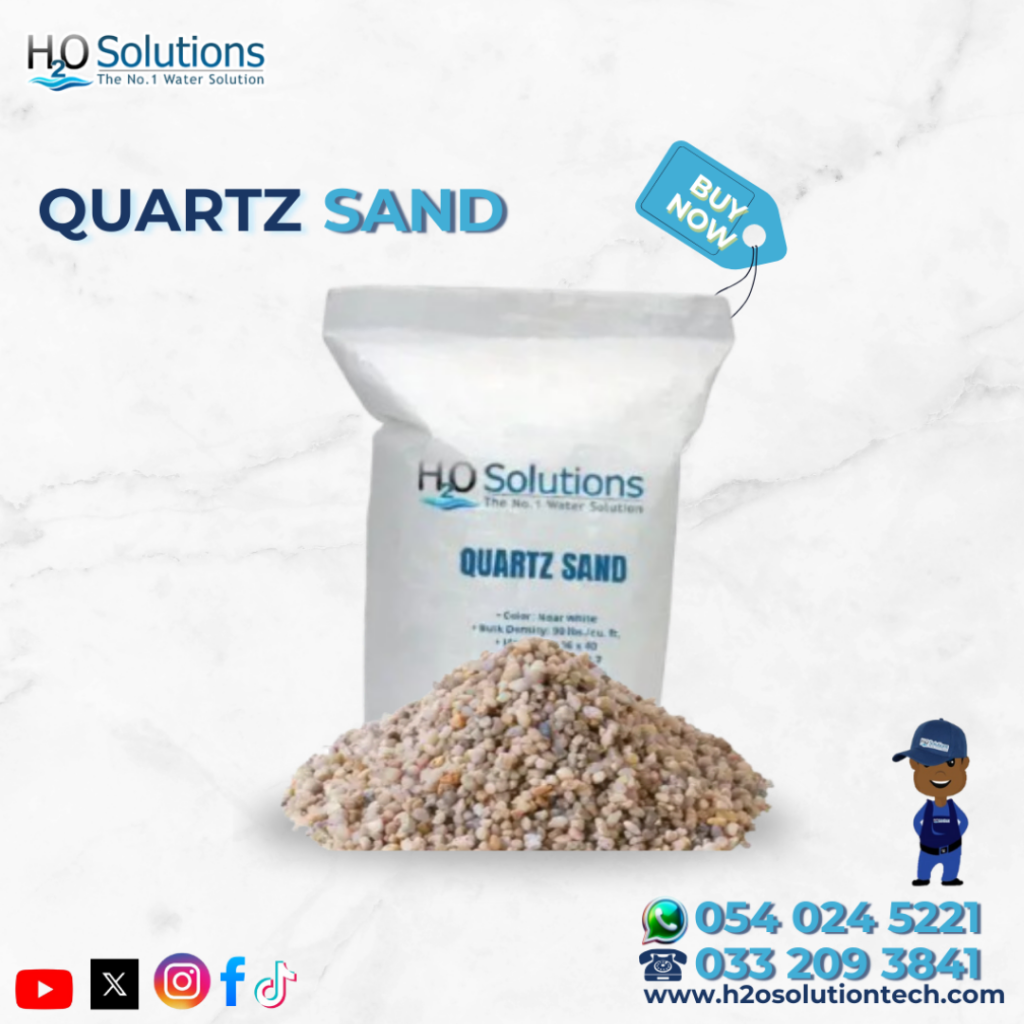
Quartz sand as a filtration medium, under a certain amount of pressure can remove suspended solids, organic matter, colloidal particles, microorganisms, chlorine, odor and some heavy metal ions from water effectively.
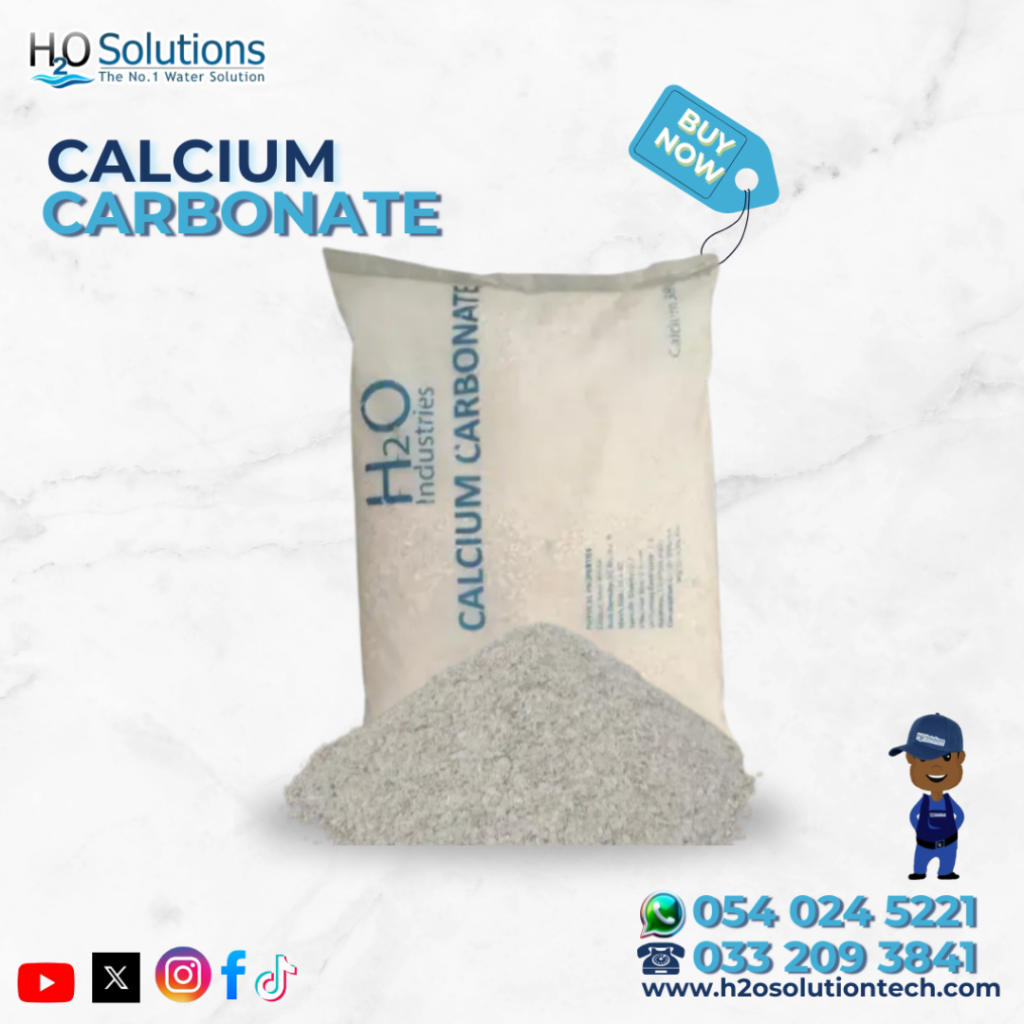
Calcite is a crushed and screened white marble media which can inexpensively be used to neutralize acidic or low pH waters to a neutral, less corrosive effluent. Upon contact with Calcite, acidic waters slowly dissolve the calcium carbonate to raise the pH which reduces the potential leaching of copper, lead and other metals found in typical plumbing systems.
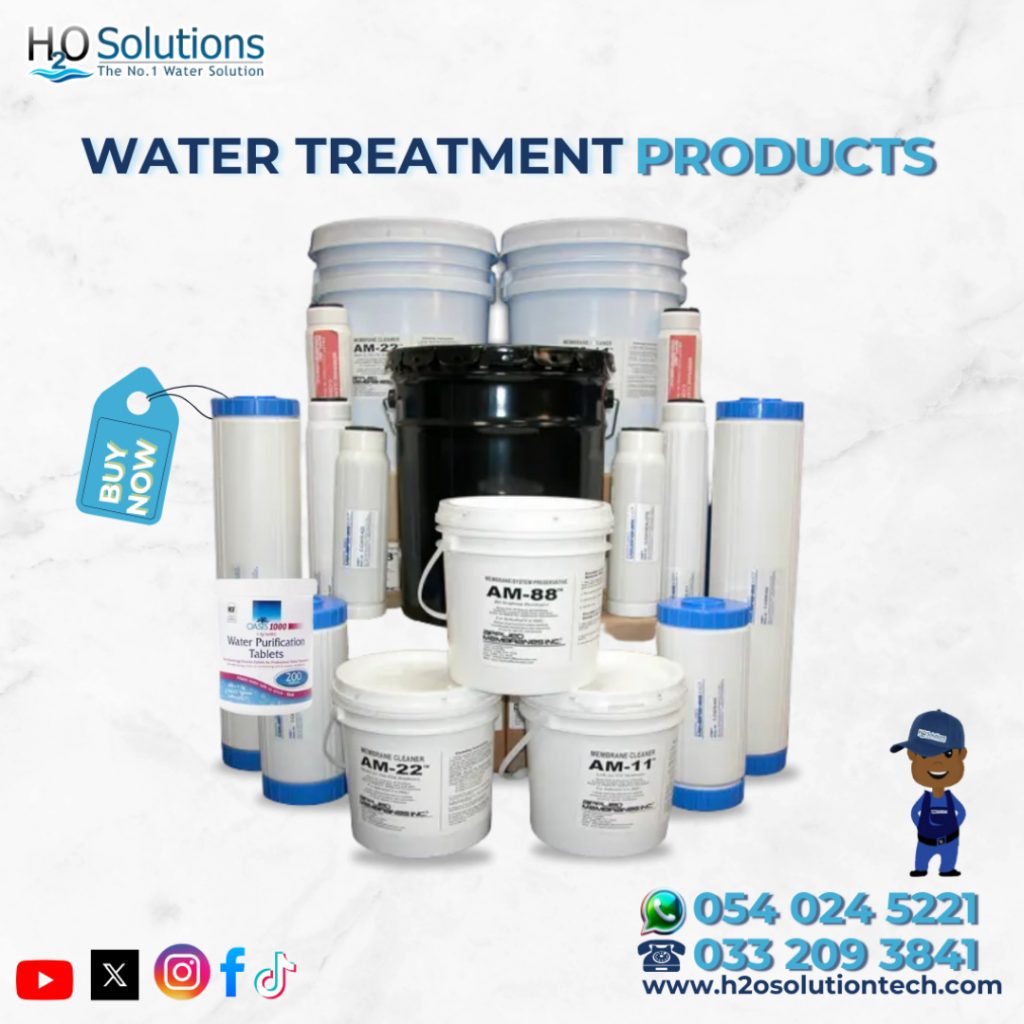
Ammonium Chloride | Ammonium Liquid | Aluminium Sulphate | Calcium Chloride Flakes | Calcium Hypochlorite | Calcium Carbide | Caustic Soda Pearls | Citric Acid | Escaid 110 | Hydrated Lime | Methylene Chloride | Perchloroethylene | Potassium Chloride | Potassium Hydroxide | Potassium Permanganate | Soda Ash Light & Dense | Sodium Hypochlorite | Sodium Metasilicate | Sodium Silicate | Thinner | Trichloroethylene.
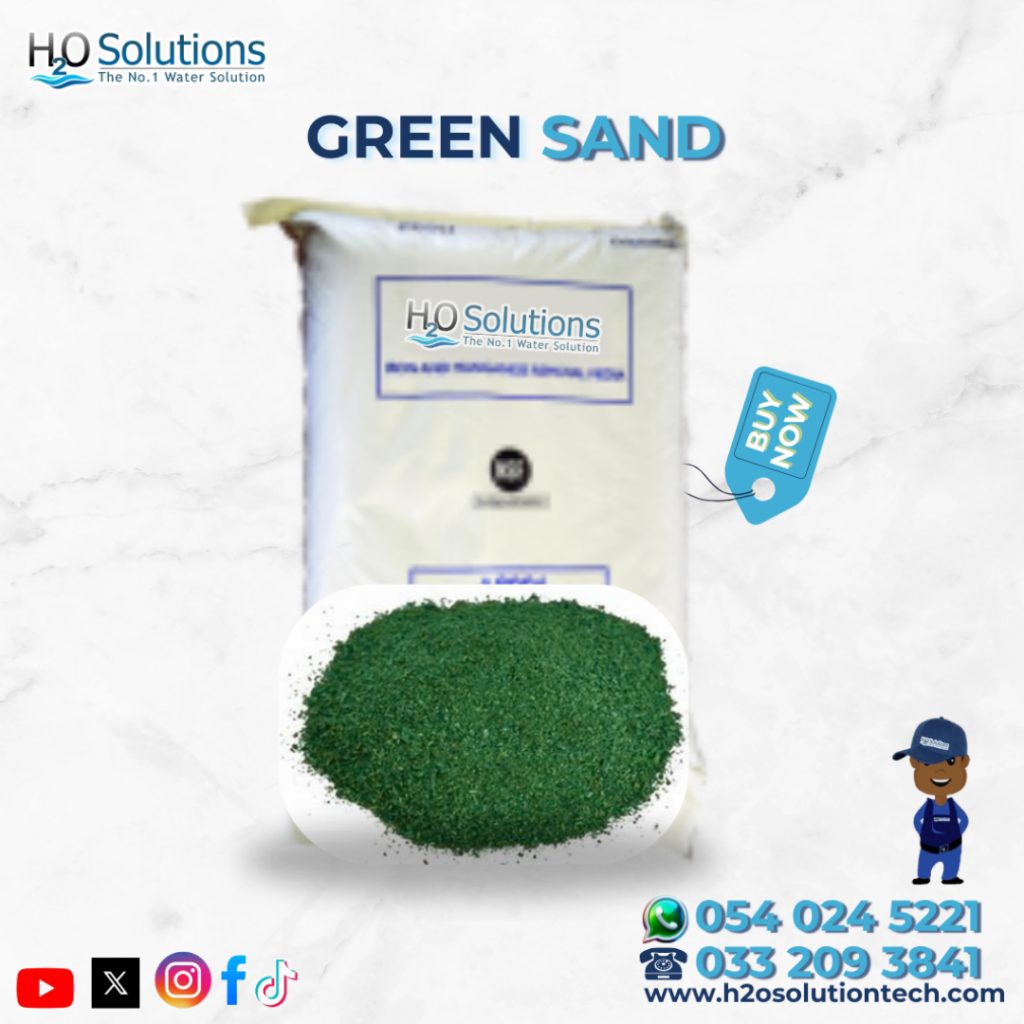
Greensand is the name commonly applied to a sandy rock or sediment containing a high percentage of the mineral glauconite but this time from zeolite. It has been incorporated into countless filters due to its flexibility and efficiency in the removal of iron and manganese as the primary contaminants in both the municipal and industrial markets.
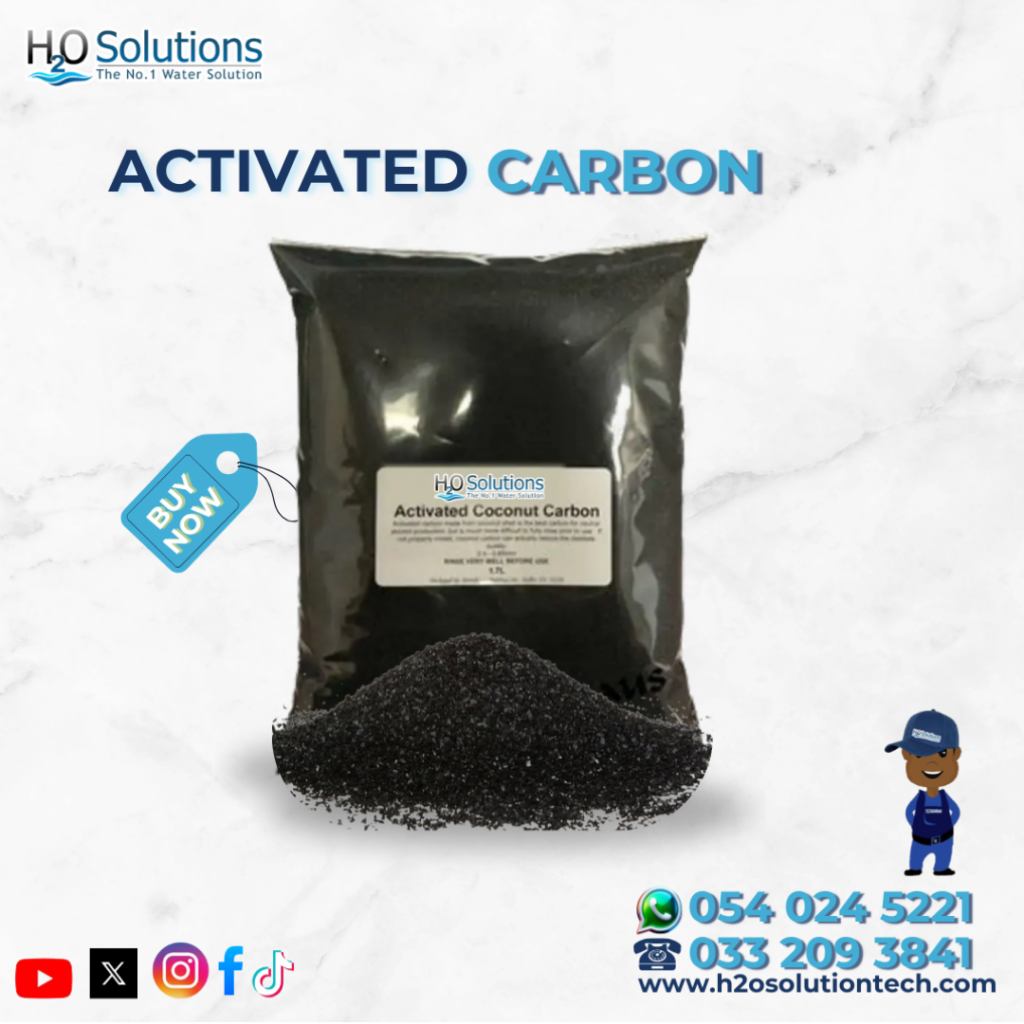
Activated Carbons are used by water treatment plants for taste and odour control and to ensure the removal of organic chemicals. Widely used throughout a number of industries to remove undesirable components from liquids or gases, activated carbon can be applied to an unending number of solutes that require the removal of contaminants or undesirable materials.
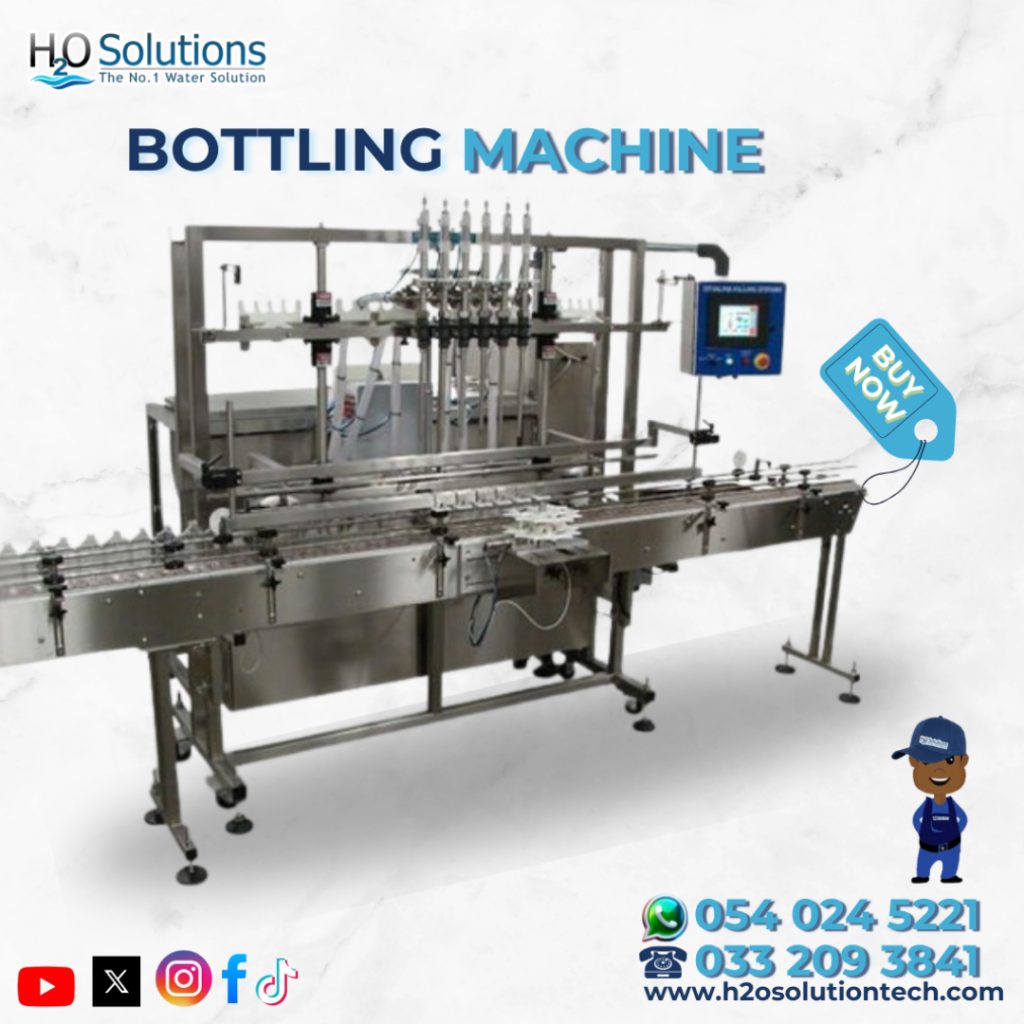
Bottle filling machines are today available for meeting various requirements of filling at the industries. There are filling machines for round bottle filling, machines for filling square type bottles and machines available for filling bottles of different shapes and sizes.
Serving In The Industry For Past 12 Years
Check Out Our Reviews Today!





We Are The Best At What We Do

Frequently Asked Questions
Can Reverse Osmosis systems handle all types of water?
Yes, reverse osmosis can be used on various water sources, including tap water, well water, and seawater (with desalination), but the pre-treatment might differ depending on water quality.
How often do Reverse Osmosis systems need maintenance?
Maintenance typically includes regular filter changes and membrane cleaning. It’s recommended to service the system every 6 to 12 months, depending on usage.
How deep should a borehole be drilled?
How long does a borehole last?
With proper maintenance, a borehole can last for decades. Regular checks and maintenance ensure long-term access to clean groundwater.
Why is Water Storage Treatment important?
Water storage treatment prevents contamination, ensures water remains clean over time, and helps maintain water quality for various uses like drinking and irrigation.
How often should Water Storage Systems be cleaned?
Water storage systems should be cleaned and treated regularly, at least twice a year or more frequently if the water is heavily used or exposed to contamination risks.
